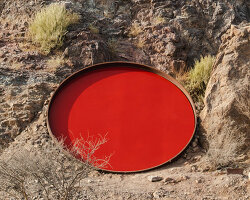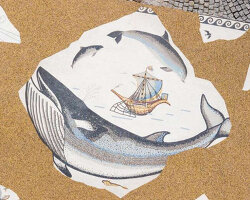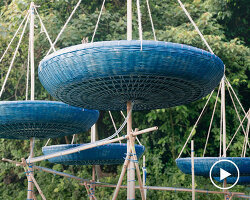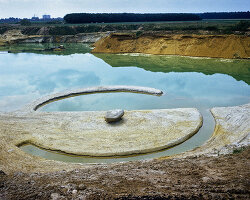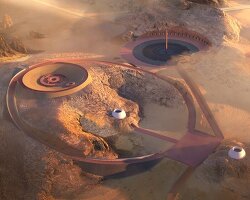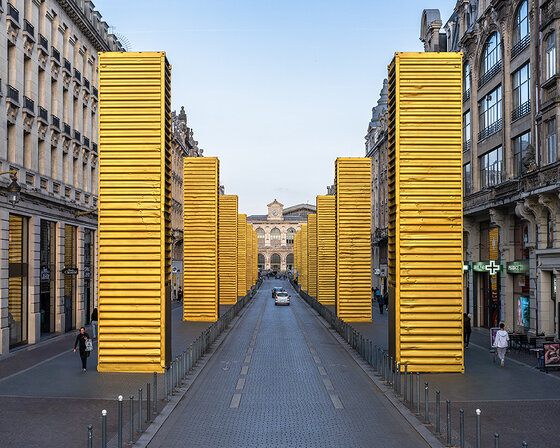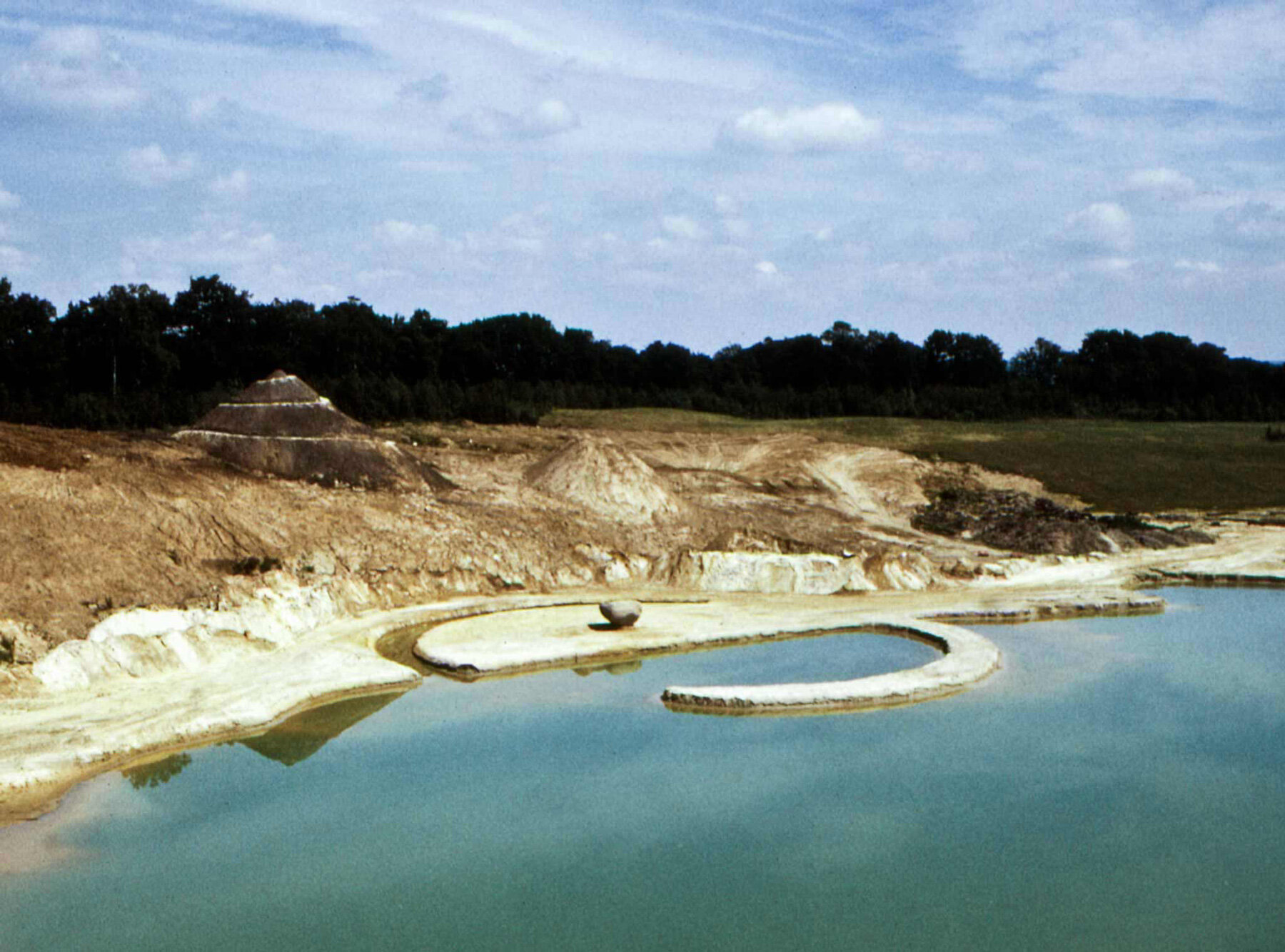
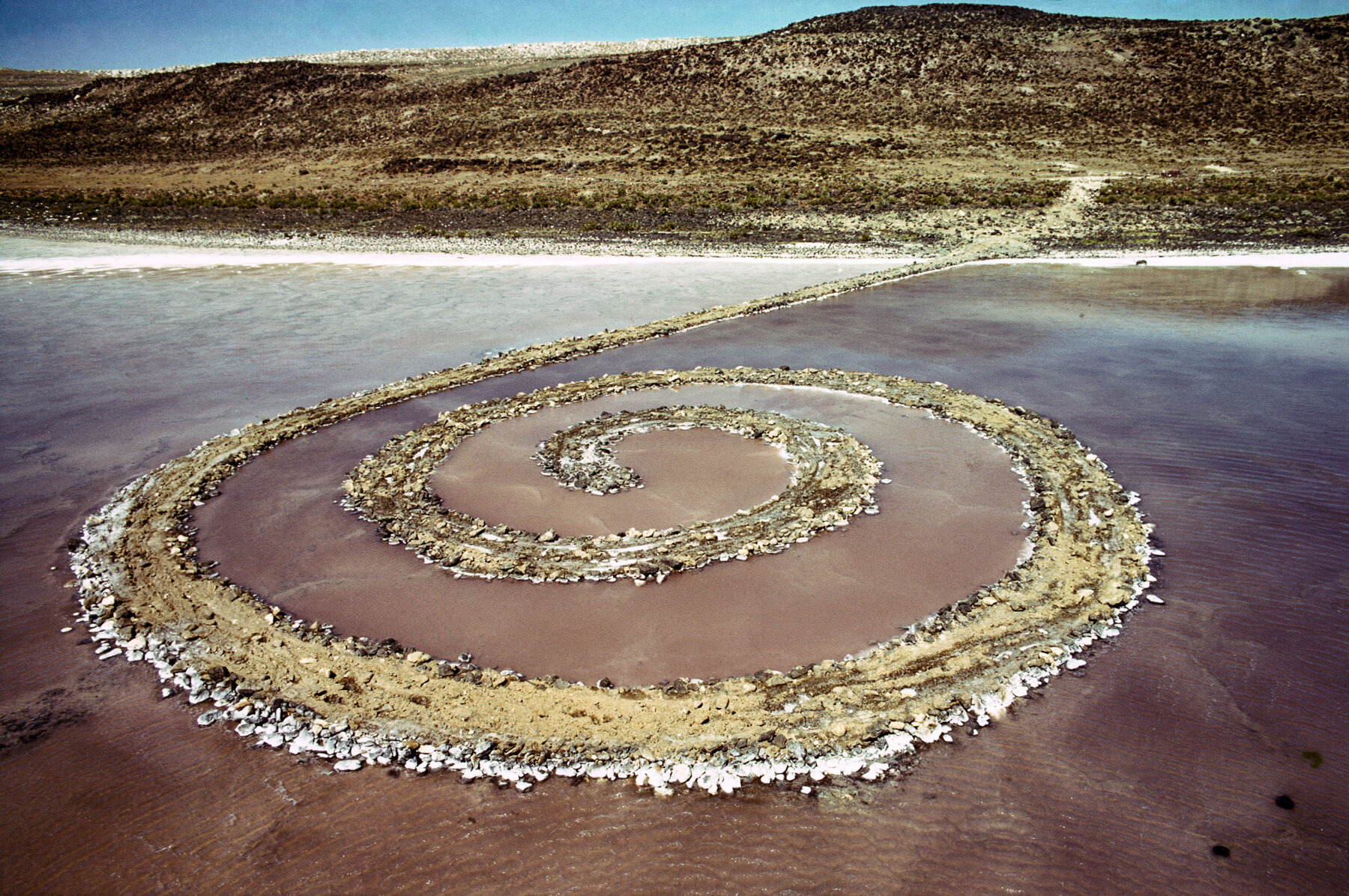
robert smithson, ‘spiral jetty’, 1970 | image by gianfranco gorgoni
KEEP UP WITH OUR DAILY AND WEEKLY NEWSLETTERS
happening now! with sensiterre, florim and matteo thun explore the architectural potential of one of the oldest materials—clay—through a refined and tactile language.
through the dramatic arrangement of the containers, SpY transforms a conventional passageway into a ceremonial corridor.
connections: +900
sara shakeel talks the role of AI in contemporary art, the human impulse to materialize digital ideas, and the emergence of phygital works.
outdoor subterranean oculi, called skyspaces, will frame the shifting hues of the sky to reveal phenomena rarely visible to the naked eye.
visionary director and artist david lynch has passed away on january 16th, 2025, at the age of 78.
connections: +110
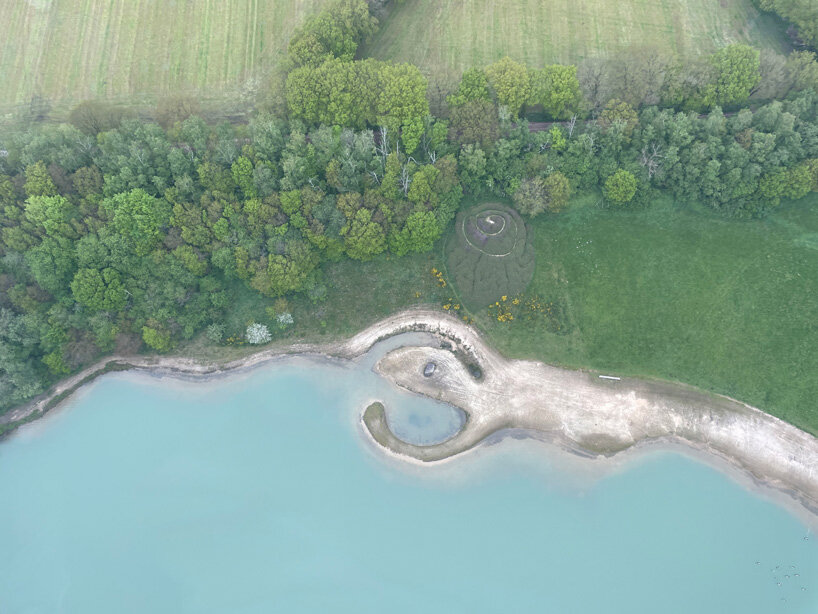 ‘broken circle/spiral hill’, courtesy of land art contemporary and holt/smithson foundation (also header image)
‘broken circle/spiral hill’, courtesy of land art contemporary and holt/smithson foundation (also header image)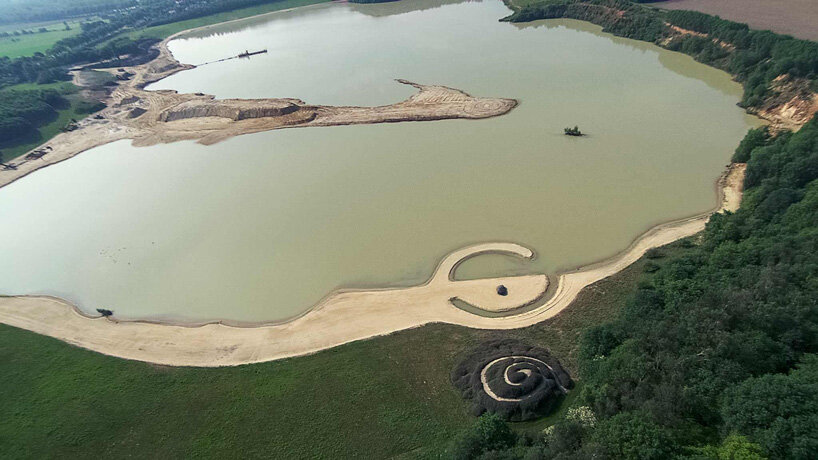 still from nancy holt and robert smithson, breaking ground: broken circle/spiral hill (1971-2011) © holt/smithson foundation/ licensed by VAGA at ARS
still from nancy holt and robert smithson, breaking ground: broken circle/spiral hill (1971-2011) © holt/smithson foundation/ licensed by VAGA at ARS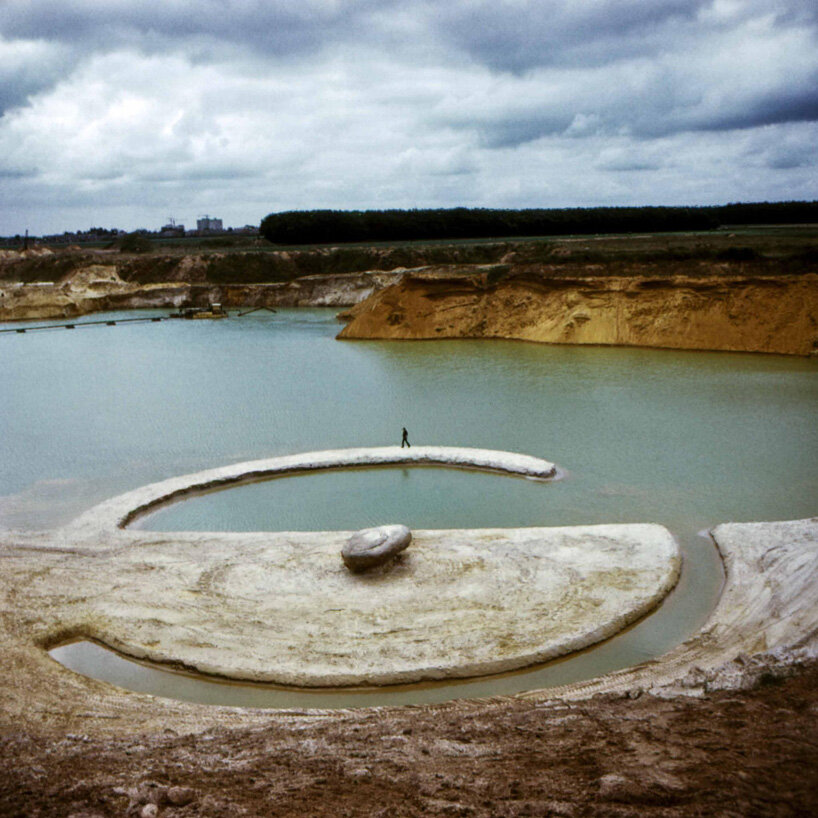 ‘broken circle’ shortly after completion in 1971
‘broken circle’ shortly after completion in 1971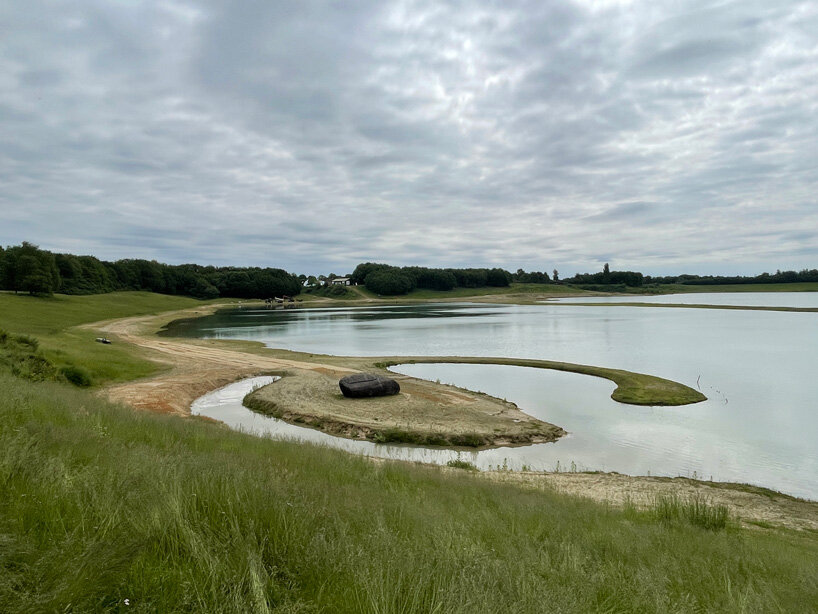 ‘broken circle/spiral hill’, courtesy of land art contemporary and holt/smithson foundation
‘broken circle/spiral hill’, courtesy of land art contemporary and holt/smithson foundation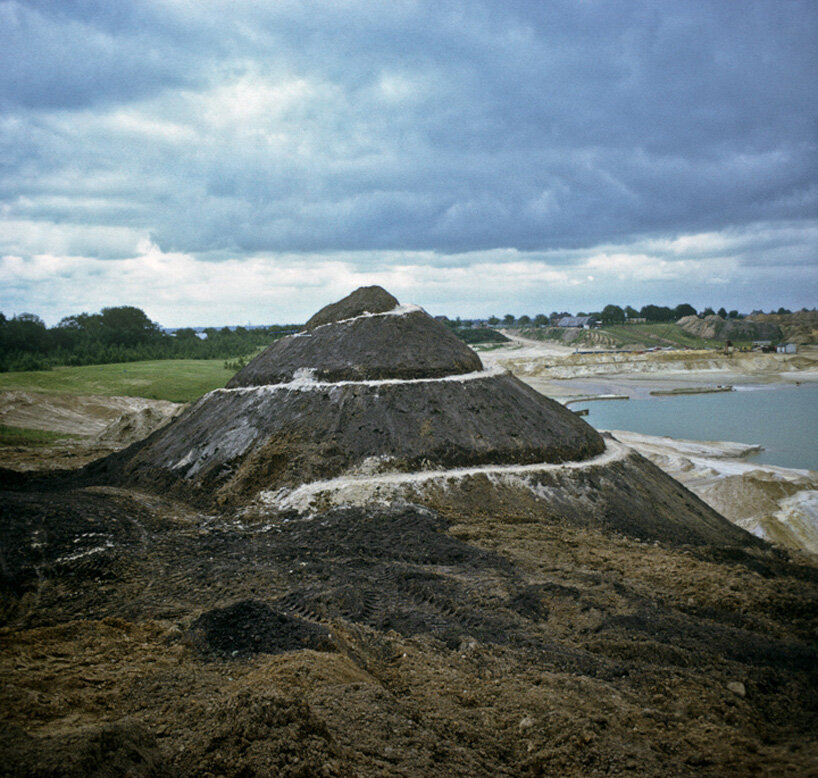 ‘broken circle/spiral hill’, courtesy of land art contemporary, merjin vrij and holt/smithson foundation
‘broken circle/spiral hill’, courtesy of land art contemporary, merjin vrij and holt/smithson foundation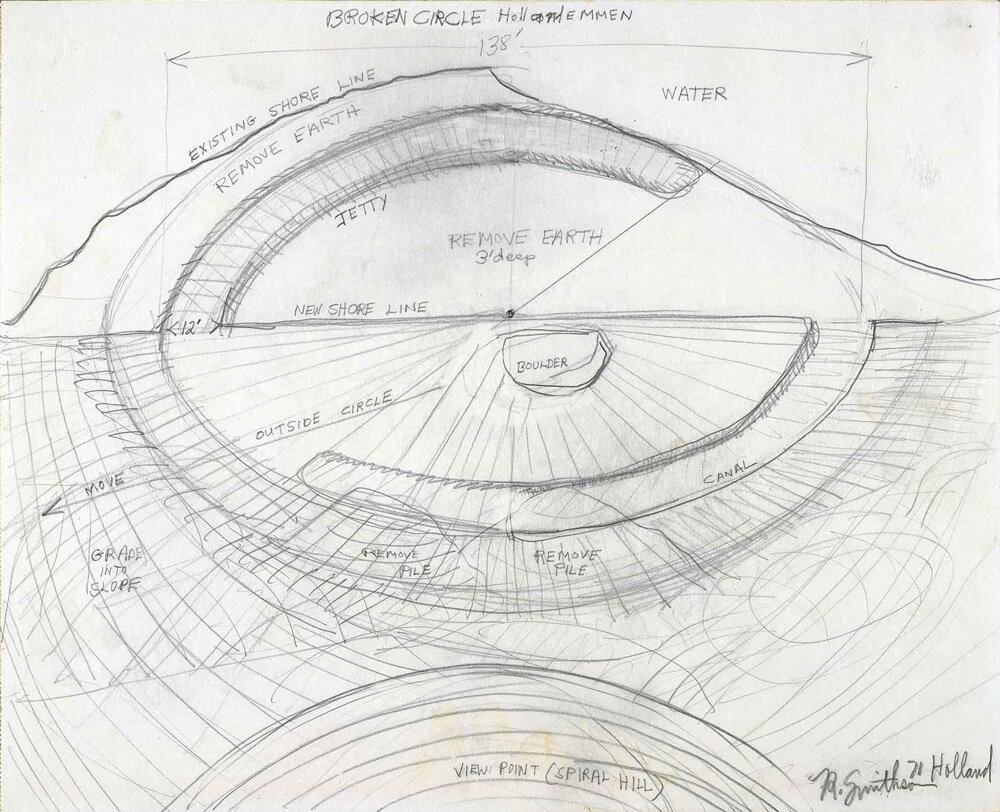 ‘broken circle/spiral hill’ drawing
‘broken circle/spiral hill’ drawing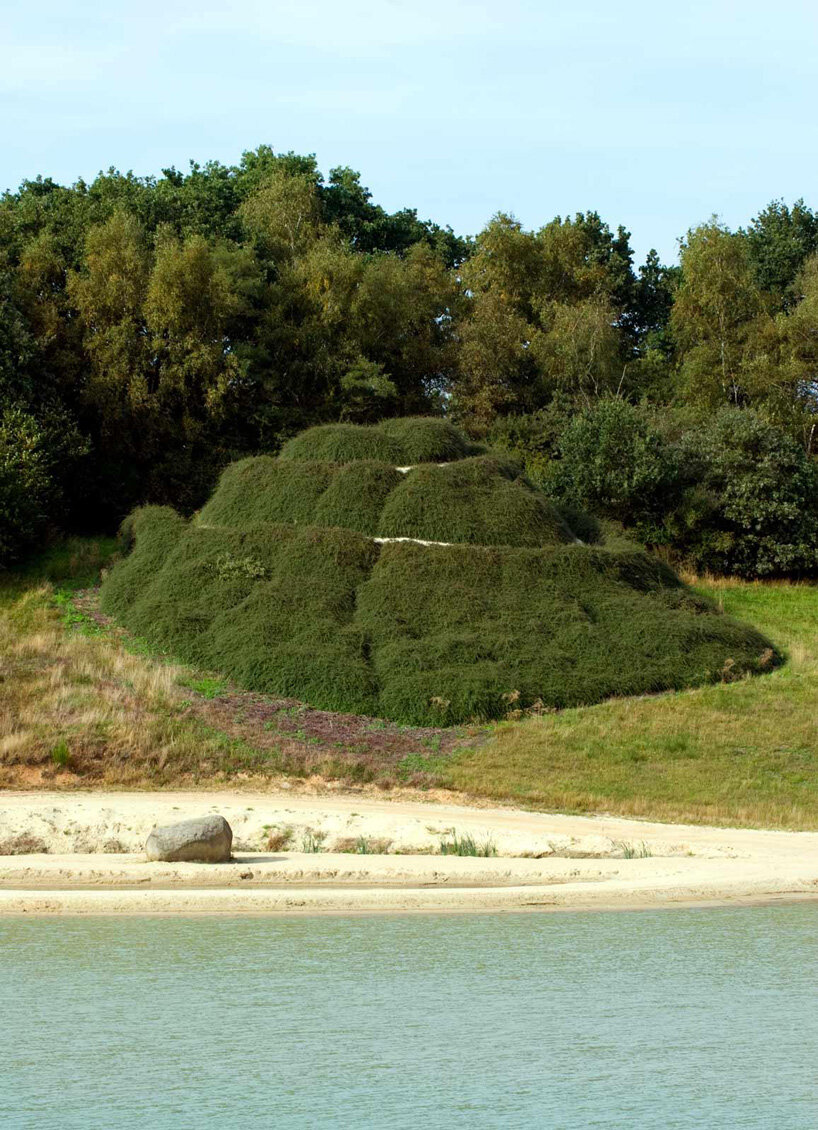 a photograph of spiral hill in 2011
a photograph of spiral hill in 2011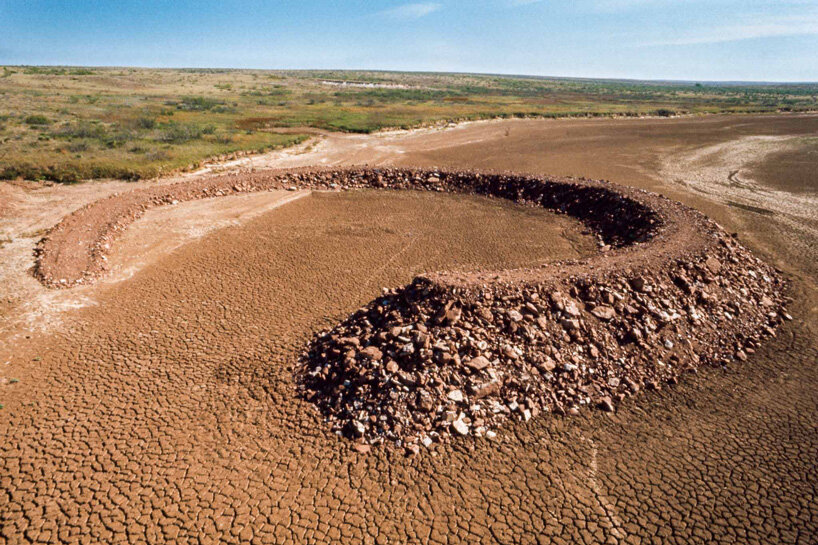 robert smithson, ‘amarillo ramp’ (1973)
robert smithson, ‘amarillo ramp’ (1973)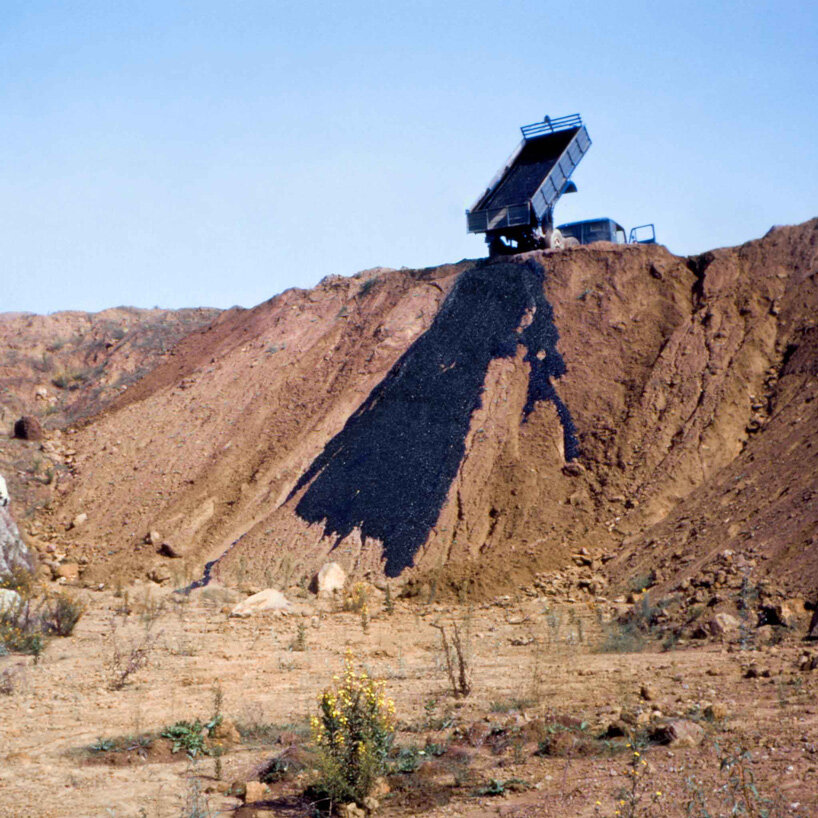 robert smithson, asphalt rundown (1969)
robert smithson, asphalt rundown (1969)

